The Getty Centre: A Masterpiece Of Modern Architecture By Richard Meier
- 27 Dec 2023
- By Paras Gandhi
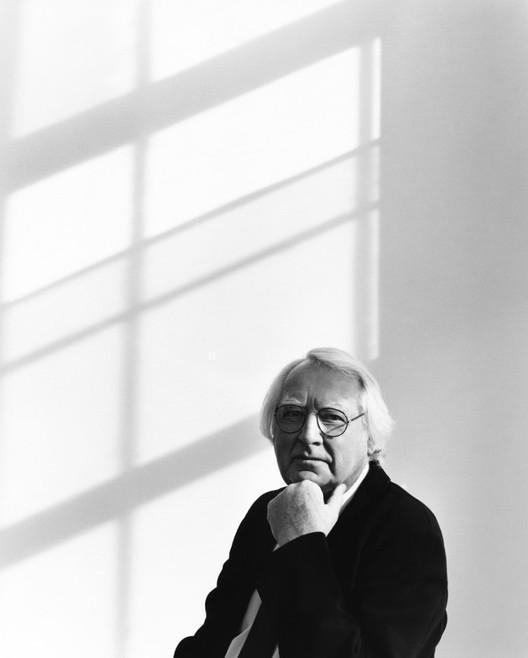
Richard Meier, a renowned American architect, has left an indelible mark on the world of contemporary architecture. Known for his distinctive use of white, geometric forms, and a commitment to light and space, Meier's designs have graced cities worldwide. His works, including the Getty Centre in Los Angeles, reflect a timeless elegance and a dedication to modernist principles that have earned him international acclaim.
Here are three of the most acclaimed works by architect Richard Meier:
1. Getty Centre (Los Angeles, California, USA)
Perhaps Meier's most famous work, the Getty Centre is a cultural institution perched atop a hill overlooking Los Angeles. Its striking white buildings, meticulous design, and stunning use of natural light make it a masterpiece of modern architecture.
2. The Jubilee Church (Rome, Italy)
This remarkable church, also known as "Chiesa di Dio Padre Misericordioso," showcases Meier's talent for innovative design. Its sail-like roof and luminous interiors exemplify his dedication to creating spaces that celebrate light and spirituality.
3. The Atheneum (New Harmony, Indiana, USA)
The Atheneum is a visitor centre and museum in New Harmony, showcasing Meier's ability to seamlessly integrate modern architecture into historic settings. It exemplifies his distinctive design principles and use of open spaces. These works represent the essence of Richard Meier's architectural legacy and his impact on the field.
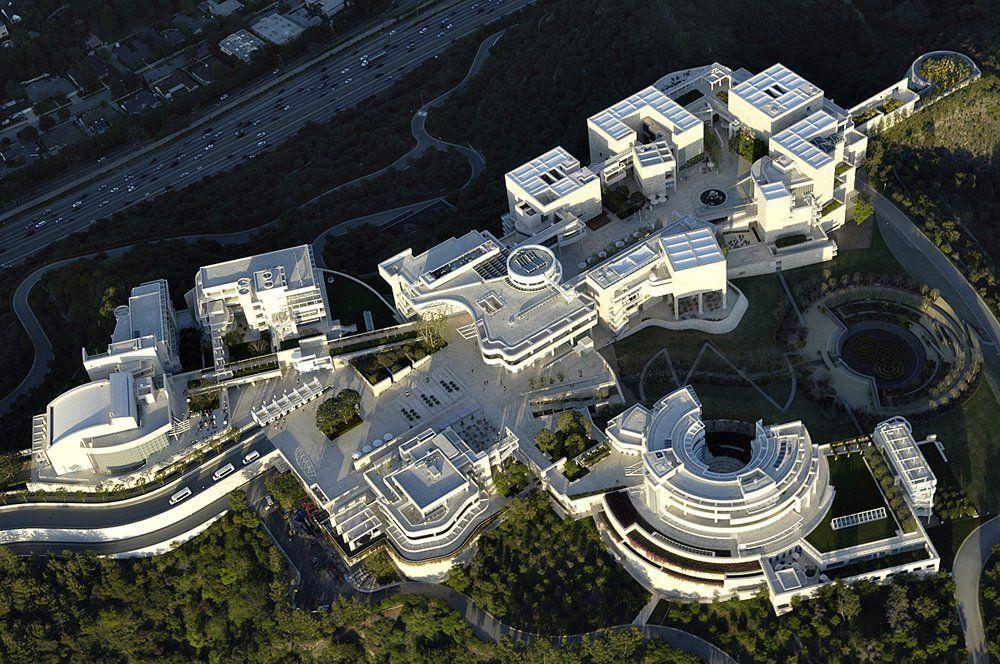
The Getty Centre : A Masterpiece of Architectural World by Richard Meier
The Getty Centre, perched majestically on a hill in Los Angeles, California, is not merely an architectural marvel; it's a testament to the genius of Richard Meier. Meier, an iconic figure in the world of architecture, has left an indelible mark on the landscape of modern design. The Getty Centre is perhaps his most celebrated creation, a true masterpiece that embodies his distinctive architectural style and design philosophy.
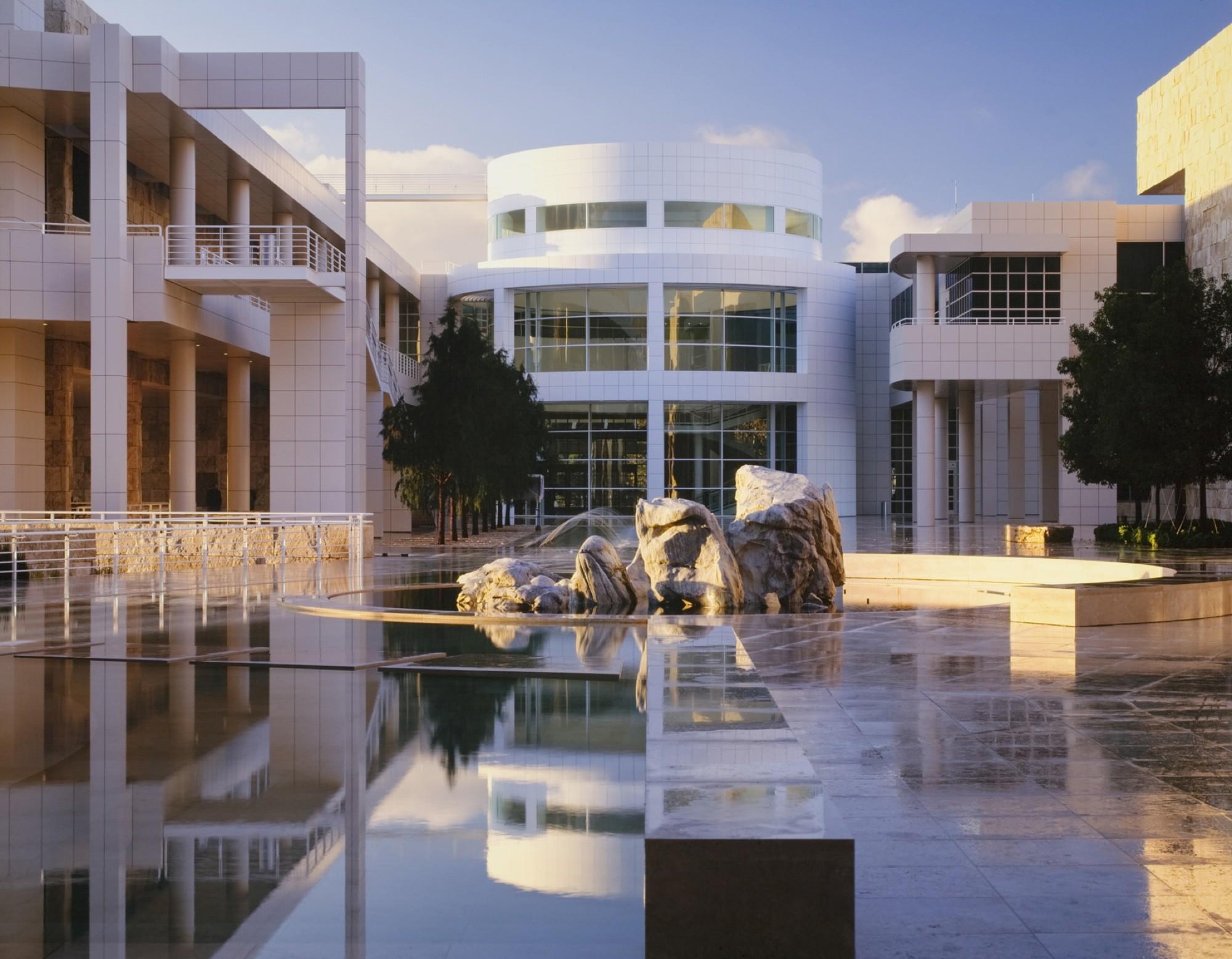
A Glimpse into Modern Architecture
The Getty Centre stands as a beacon of modern architecture, exemplifying the convergence of form and function. The architectural world is often a reflection of the periods in which significant structures are built, and the Getty Centre is no exception. Designed by Richard Meier, it embodies the architectural principles of the late 20th century, showcasing a commitment to minimalism, precision, and the profound use of natural light.
The Design Philosophy of Richard Meier
Meier's architectural philosophy is characterized by meticulous attention to detail, an unyielding dedication to white as the primary colour, and an unwavering pursuit of harmony with the surrounding environment. The Getty Centre epitomizes these principles in every aspect of its design.
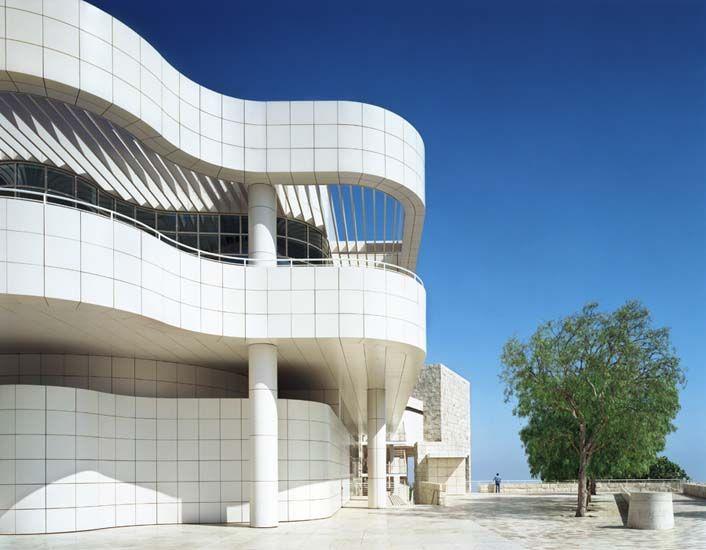
Meticulous Design and the Use of Natural Light
One of the defining features of the Getty Centre is its meticulous design. Every aspect of the complex has been carefully thought out, from the layout of buildings to the selection of materials. The Getty Centre is a symphony of clean lines, sharp angles, and geometric precision. Meier's obsession with white surfaces is on full display here, where the buildings' exteriors and interiors are predominantly white. This choice of colour serves to amplify the play of natural light throughout the complex, making it a central element of the architectural experience.
The utilization of natural light is a hallmark of Meier's designs, and the Getty Centre is no exception. Its arrangement of buildings, courtyards, and open spaces creates a harmonious interplay with the abundant Californian sunlight. Sunlight filters through the white facades and vast windows, infusing the interior spaces with a luminous quality. This purposeful integration of natural light adds depth and dimension to the visitor experience, allowing the architecture to evolve throughout the day.
A Cultural Institution Unlike Any Other
The Getty Centre is not merely a building; it is a cultural institution of global significance. As one of the most visited museums in the United States, it houses an extraordinary collection of art, manuscripts, and photographs. This world-class repository is set in an architectural environment that complements the art it holds. The Getty Centre's design serves to enhance the experience of its visitors, making it an exceptional destination for art enthusiasts, architectural aficionados, and anyone seeking to explore the synergy between culture and design.
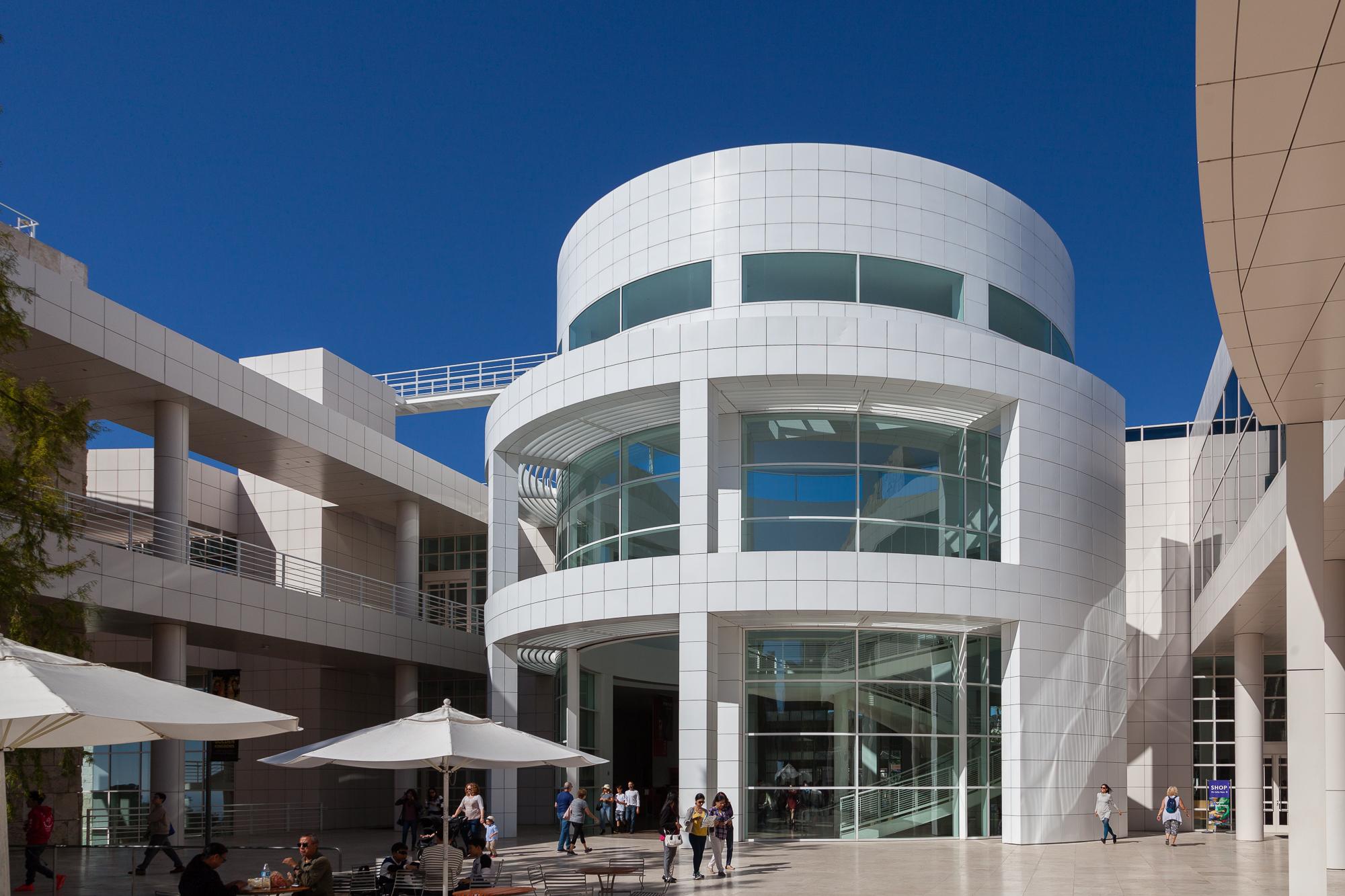
An Iconic White Beacon
The distinctive use of white in Meier's architecture is emblematic of purity, timelessness, and an aspiration for perfection. The buildings at the Getty Centre, with their gleaming white exteriors, stand in stark contrast to the rich, green landscape of the surrounding hills. The brilliant white façades give the complex an ethereal quality, making it appear as if it is floating on a cloud of its own creation. This captivating juxtaposition between the complex and its natural surroundings is emblematic of the architectural masterpiece that is the Getty Centre.
Geometric Precision and Modernist Principles
Richard Meier's emphasis on geometric precision is evident throughout the Getty Centre. The buildings' forms are sleek, clean, and exhibit a remarkable level of precision in their construction. The Getty Centre's layout is a testament to modernist principles, where form follows function, and beauty arises from simplicity. The layout of the complex, with its interconnected buildings and spacious courtyards, invites visitors to explore and appreciate both the architecture and the art within.
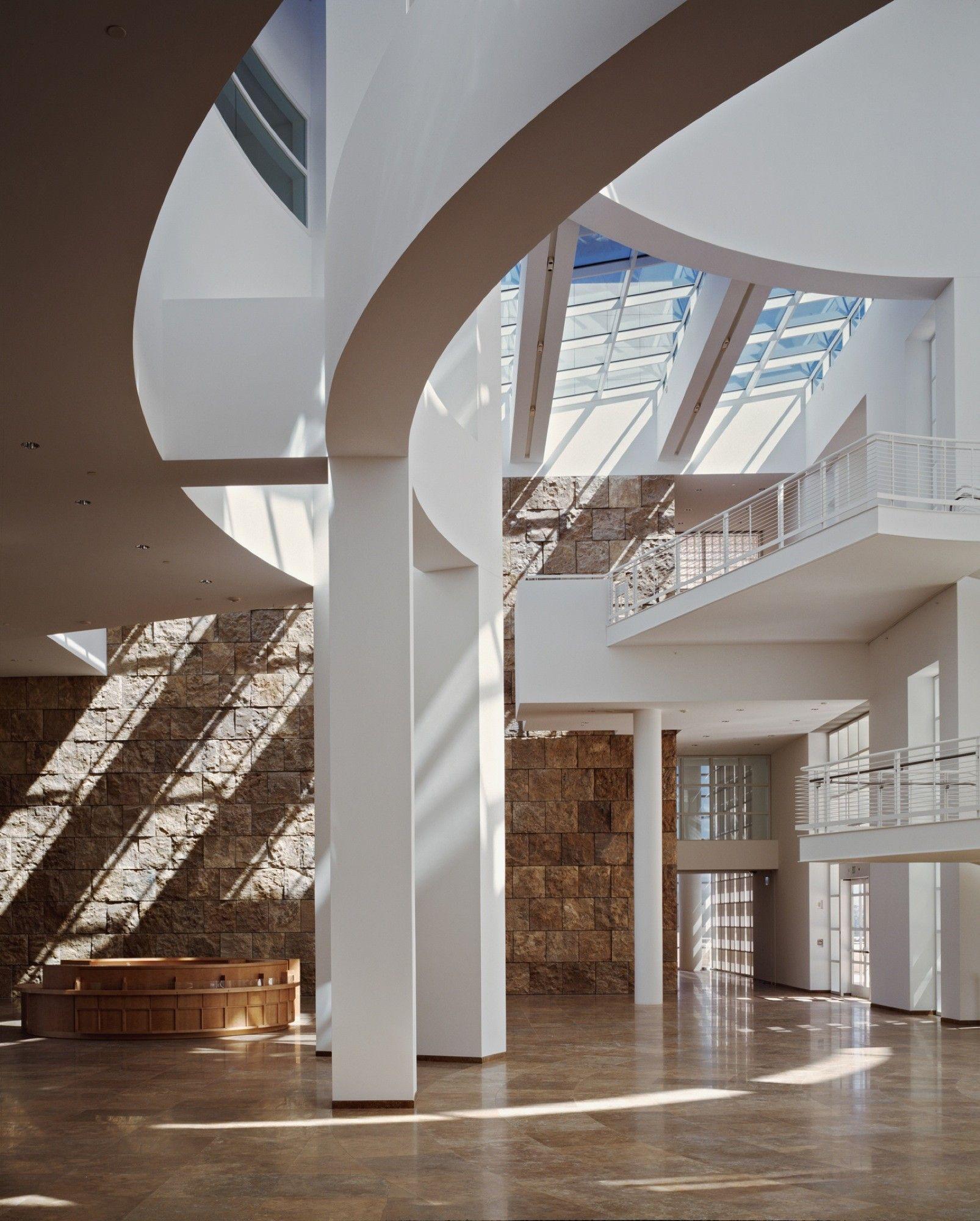
A Hub for Art and Culture
Beyond its architectural significance, the Getty Centre is a cultural hub, hosting an extensive collection of art spanning various time periods and cultures. Visitors can explore exquisite paintings, sculptures, manuscripts, photographs, and decorative arts. The combination of Meier's architectural vision and the remarkable art collection housed within these walls makes the Getty Centre a truly unique destination.
International Recognition
The Getty Centre's international recognition and reputation as a cultural and architectural landmark are well-deserved. It has received numerous awards, including the prestigious Pritzker Architecture Prize, which Richard Meier was awarded in 1984. This accolade acknowledges his enduring contribution to the world of architecture, with the Getty Centre standing as a testament to his exceptional talents.
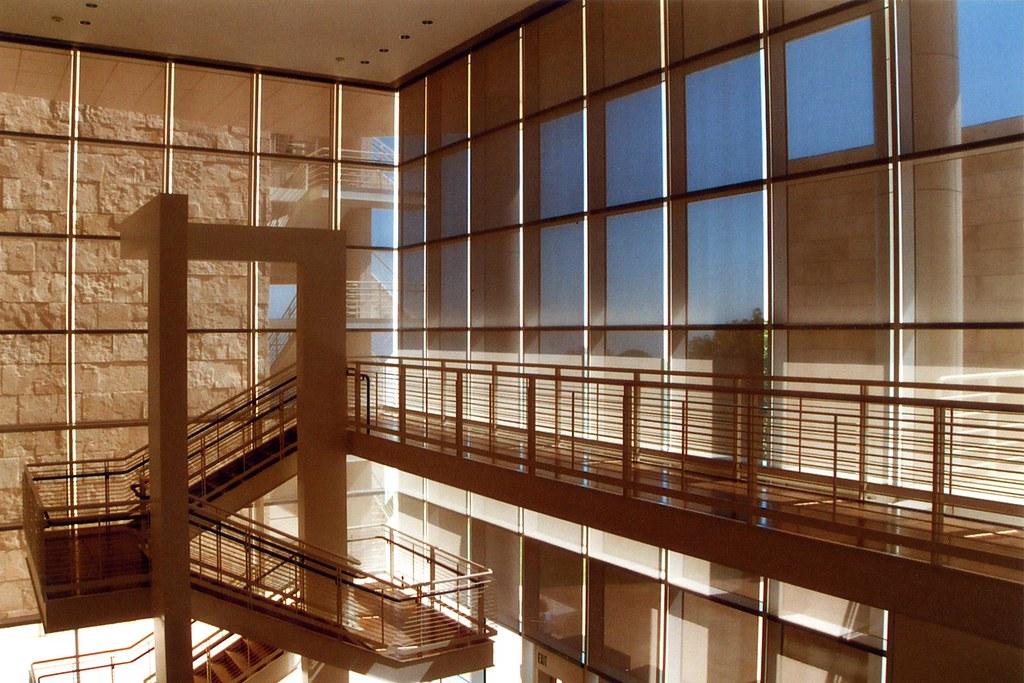
Visiting the Getty Centre
A visit to the Getty Centre is an experience that transcends traditional museum exploration. It offers a journey into the heart of modern architecture and design while simultaneously providing a platform for the appreciation of art in all its forms. The Getty Centre's location atop a hill provides not only a stunning view of Los Angeles but also an escape from the city's bustling energy. The meticulous design of the complex ensures that visitors can explore at their own pace, whether they are interested in the art, the architecture, or simply the breathtaking views.
Richard Meier's Architectural Legacy
In the world of architecture, Richard Meier is a luminary, and the Getty Centre is a shining example of his genius. It is an architectural masterpiece, a cultural institution, and a testament to the enduring power of modern design. The meticulous attention to detail, the unwavering commitment to white as a design element, and the profound use of natural light are just a few of the hallmarks of Meier's architectural philosophy on full display at the Getty Centre. In every facet of its design, this cultural landmark embodies the essence of modern architecture, and it continues to captivate visitors, artists, and architects alike, leaving an indelible mark on the world of culture and design. Richard Meier's legacy endures through this iconic creation, and the Getty Centre stands as a testament to his remarkable contributions to the world of architecture and design.
Recently Published
loves or pursues or

.jpg)

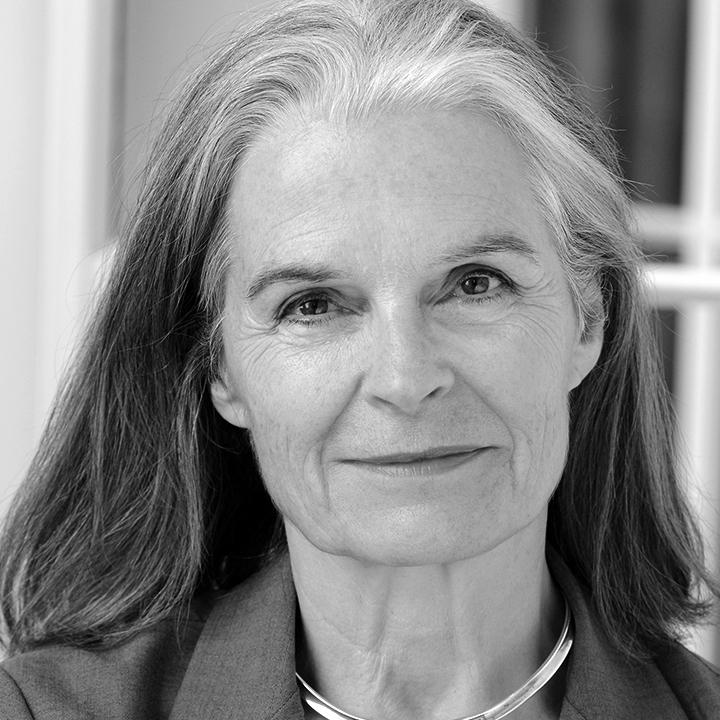
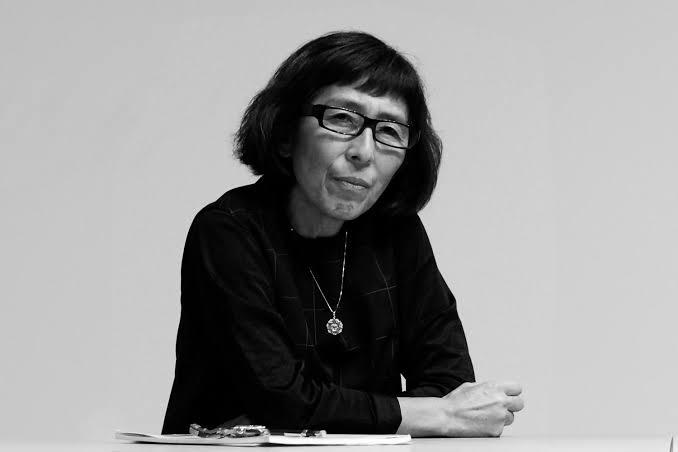
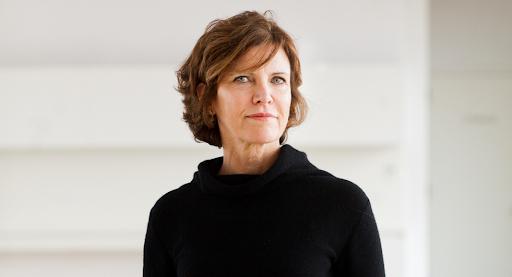
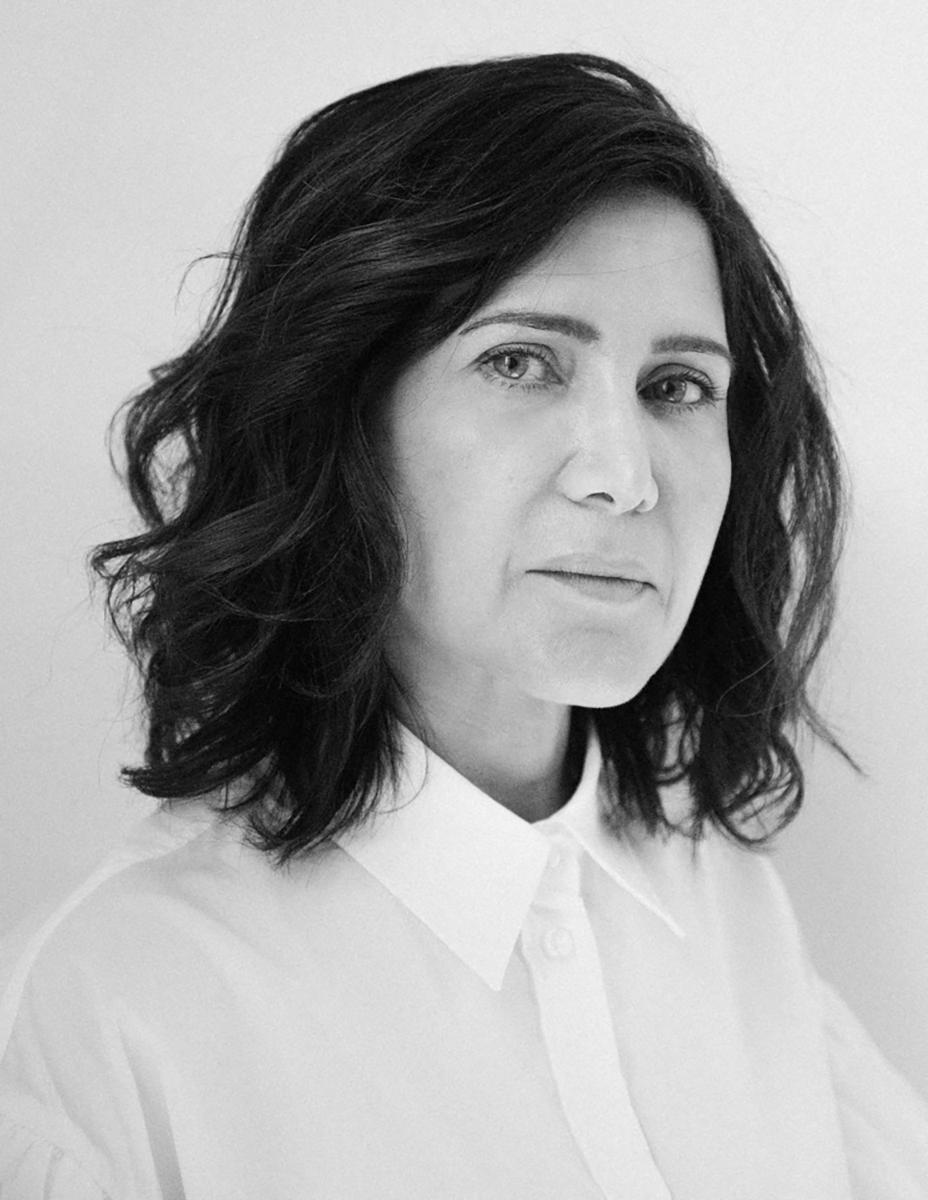

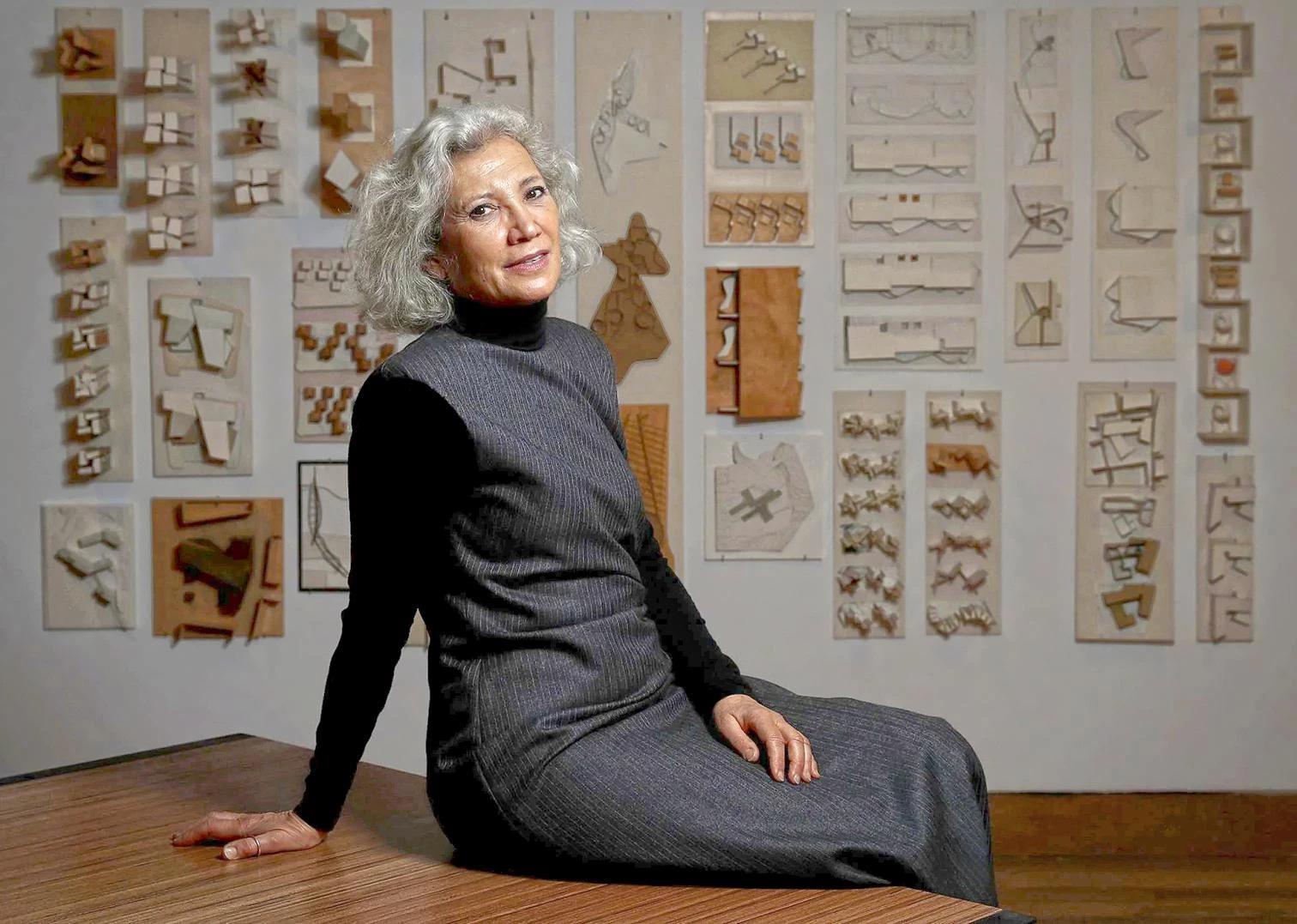
.jpg)